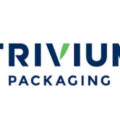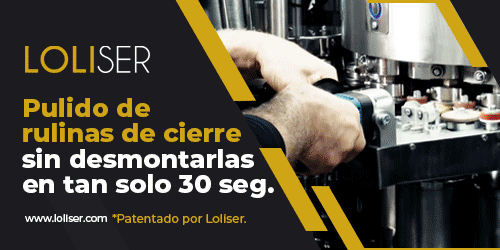Rob Huffman, Growth Director at Trivium Packaging reveals the three essential ingredients for a successful innovation strategy in the packaging industry.
A spoonful of diversity
If innovation is to flourish, it is important to have the right environments. This is a scientifically supported idea; studies show how varied perspectives are critical to financial success, which makes sense when you consider that creativity rarely flourishes without stimulation. Of course, there are people who like to be challenged and have the opportunity to see the world in different ways.
Having different people in an innovation case created by Trivium helps to have a discussion with varied points of view. This is an excellent way to learn about the challenges from fresh perspectives. While talking is one part of this, it is also important to listen and be open to new ideas, which lead to development and may even influence product sales.
Focusing attention to achieve objectives
I really enjoy attending the innovation sessions held at Trivium. These allow us to put our knowledge into practice when dealing with a problem determined by the client. In this way, we all work together to provide a solution to an existing challenge.
By making the right choices in the manufacture of packaging, the use of plastics can be reduced. This will result in a lower carbon footprint and greater recyclability, which while not eliminating the need for mixed materials or stronger graphics, does reduce reliance on labels and adhesives. In this way, corporate sustainability objectives can be achieved much more quickly.
The targeting phase, key to project success
The large-scale metal packaging manufacturing process begins when a team of engineers define a solution. This is followed by the intervention of scientific experts who create the prototypes, perform tests to evaluate quality and performance, as well as ensure compliance.
During the current phase, the client still needs to be cautious. To make sure that we are following a good path, we usually share them at the same time, testing them directly on the customer’s filling lines. It is also the perfect opportunity to review existing business models. New packaging may offer some commercial opportunities.













